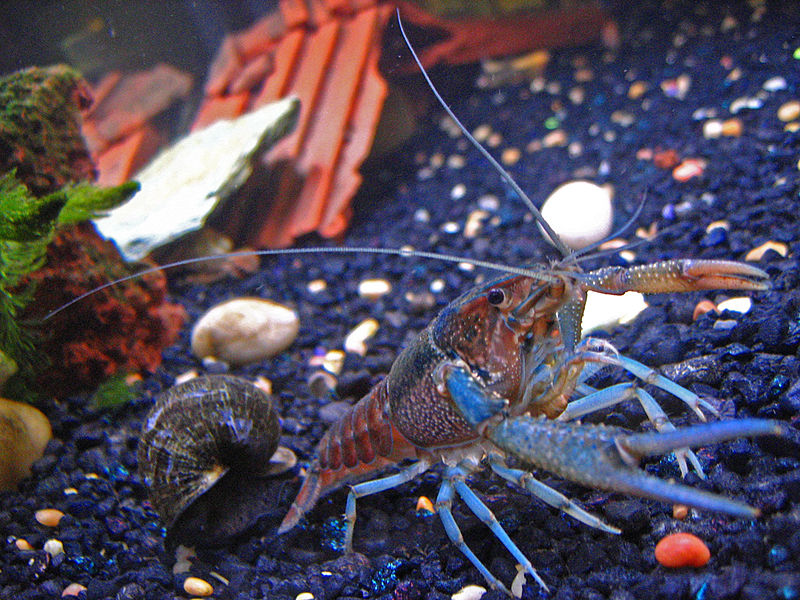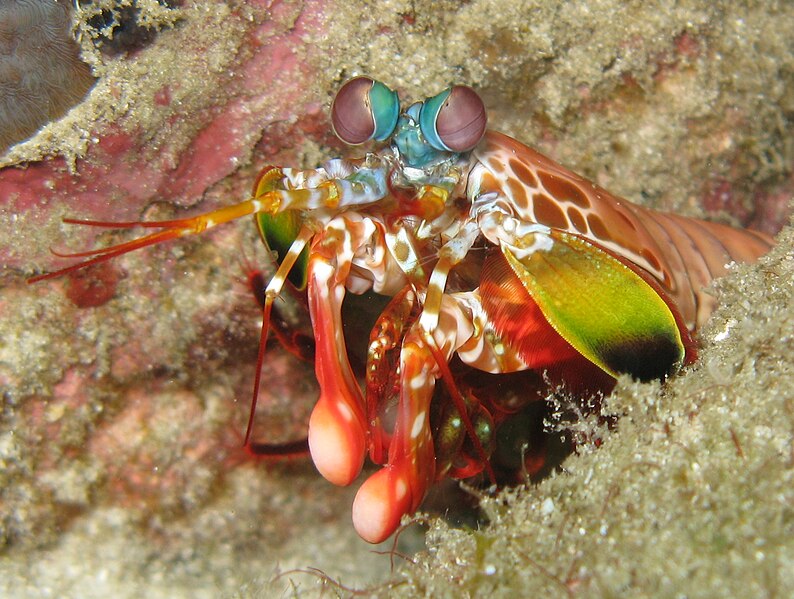 We are happy to announce the introduction of the Bubble Magus line to our extensive selection of reef-keeping supplies. Bubble Magus is a rapidly growing international business, and if you are not familiar with them, read on as I’ll be explaining more about the Bubble Magus products that are now available here at That Fish Place.
We are happy to announce the introduction of the Bubble Magus line to our extensive selection of reef-keeping supplies. Bubble Magus is a rapidly growing international business, and if you are not familiar with them, read on as I’ll be explaining more about the Bubble Magus products that are now available here at That Fish Place.
Before I get to the protein skimmer line, I’d like to touch on the Bubble Magus dosing pump. Not a week goes by when I’m not asked by customers if there’s an “easier” way to dose the supplements many corals need. Admittedly, doing capfuls of this and that, A and B, or 1 or 2 can become a tedious task that sometimes gets forgotten or overlooked in our busy everyday lives. That was even the case for our own Doug Fries, whose Red Sea Max 250 (65 gallon reef display tank) developed a very high alkalinity demand due to its abundance of stoney corals. If the tank was not dosed daily, the alkalinity would drop dramatically- a very stressful situation for these more-sensitive corals.
There were several solutions for Doug’s problem. First, he could have installed a install a calcium reactor, but, if you’ve ever seen Doug’s tank you know there is little room for such equipment. Another option was to drip kalkwasser into the tank, but because the Red Sea Max tank does not use a sump filter under the tank, a drip would require us to have an unsightly medical IV-like rack next to the beautiful display. He decided to utilize the Bubble Magus multiple-channel titration pump which allows him to dose his normal additives multiple times through the day, everyday. The dosing pump is much smaller than a calcium reactor or drip apparatus, and less unsightly in our opinion. The Bubble Magus BMT01 titration pump allows you to dose three separate liquids, in our case Red Sea’s Reef Foundation A, B, and C, at any quantity between 1 and 1999ml, up to 24 times a day. This means you can achieve gradual daily dosing for more stable parameters and consumption of these elements. The digital interface is simple enough to figure out with some help from the instruction manual (again this is an international company, so one should expect some broken English in the directions), and the built-in computer allows for all sorts of customization.
 Since the installation, the titration pump has been working accurately and consistently. The corals have responded wonderfully to the schedule we were able to program into the digital interface, and the tank’s parameters (specifically the “big three”: calcium, alkalinity, and magnesium) have all remained stable as they are slowly dosed throughout the day. Now Doug doesn’t have to worry about attending the tank several times each day. The corals are growing stronger and more colorful–exactly what we as hobbyists are looking for.
Since the installation, the titration pump has been working accurately and consistently. The corals have responded wonderfully to the schedule we were able to program into the digital interface, and the tank’s parameters (specifically the “big three”: calcium, alkalinity, and magnesium) have all remained stable as they are slowly dosed throughout the day. Now Doug doesn’t have to worry about attending the tank several times each day. The corals are growing stronger and more colorful–exactly what we as hobbyists are looking for.
The name Bubble Magus is better associated with its line of protein skimmers, and this blogger for one is looking forward to becoming better acquainted with these products. Out of the many varieties of skimmers built by this company, we have chosen a select few of the Bubble Magus models for our shelves in hopes that they have the qualities that our reef enthusiasts are looking for:
- Affordability without sacrificing quality
- Small footprints to keep “sump-hogging” low, keeping more space free for other equipment
- Up-to-date features expected from quality skimmer brands
The Bubble Magus skimmers have all of these attributes. Powered by Atman brand pumps (aside from the Hero model which uses a Sicce PSK pump), their skimmers feature a compact design, ease of use, bubble diffusion plates in most models, and solid acrylic bodies. The models customers can expect to find on our website or in our retail store include:
| Model # | Tank Size | Item # | Description |
| NAC 3.5 | 25-80 Gallons | 259148 | Cone skimmer body with tiny footprint of only 4.5″x 6.6″ and 17.1″ height |
| NAC3+ | 25-80 Gallons | 259147 | Strong, affordable skimmer with pump housed under the skimmer, footprint: 6.8″x 4.3″ height: 17.5″ |
| NAC 5.5 | 80-135 Gallons | 259149 | Cone skimmer with pump housed under skimmer, footprint: 8.66″x 5.7″ height: 20.2″ |
| NAC5E | 80-135 Gallons | 259152 | Hang-on-back skimmer with large 5” cylinder, footprint:11.8”x .3″ height: 20.5″ |
| NAC 6 | 100-160 Gallons | 259150 | Big power in small footprint: 6.7″x 10.4″ height: 19.6″; pump inside skimmer |
| NAC7 | 130-185 Gallons | 259151 | Big cone with small footprint: 9.4″x7.8″ height 20″; pump inside skimmer |
| HERO 180-S | 185-240 Gallons | 259153 | Strong, energy efficient Syncra Sicce Psk1000 pump housed in a cone skimmer. Footprint: 9.8″x7.2″ height: 20.6″ |

We couldn’t be happier that Bubble Magus products are now being featured at That Fish Place, and we are more than sure that our customers will enjoy them as well. We can’t wait to hear your feedback!
Until next time, Happy Reefing
Jeff Berdel
 That Fish Blog – Aquarium Advice and Information
That Fish Blog – Aquarium Advice and Information






